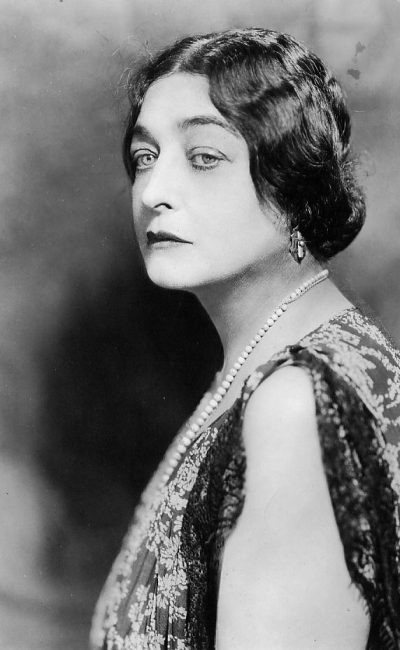Helen Westley
ActressBiografía
Although she could on a rare occasion display a bit of kindness, or at least some kind of grouchy benevolence, Helen Westley had few peers on stage or film when it came to outright unpleasantness. A stern, indomitable presence, her characters offered unsolicited advice to anyone and everyone within arm’s reach. They could literally freeze a person in his or her own tracks with a mere hawk-like glare or arm-folding stance. They could be overbearing, greedy, spiteful, contentious, meddlesome, controlling, narrow-minded, viper-tongued, or all of the above. In essence, she was often major pain in the posterior to the film’s star. It usually took a young, brave, gentle soul along the lines of a Shirley Temple or Anne Shirley to find a way to thaw out the icy cold heart that barely beat within. The Brooklyn-born Helen was born on March 28, 1875 and studied at the American Academy of Dramatic Arts. She began on the stage at age 18 in a one-act comedy skit entitled “The Captain of the Nonesuch.” Reaching stardom just before the dawn of the twentieth century, she co-founded both the Greenwich Square Players and the Washington Square Players, the latter growing into the Theatre Guild of which she became one of six managing directors. A steadfast player under the Broadway lights, she appeared in such classics as Chekhov’s “The Seagull” (as Madame Arkadina) (1916), “Heartbreak House” (1920), “Liliom” (1921), “Peer Gynt” (1923), “The Adding Machine” (1923), “The Guardsman” (1924), “Caesar and Cleopatra” (1925), “The Doctor’s Dilemma” (1927), “Strange Interlude” (1928), “Faust” (1928), “The Apple Cart” (1930), “Green Grow the Lilacs” (1931) and “They Shall Not Die” (1934), to name just a few. By age 60, she had discovered and settled into filming, and for the next (almost) decade, spread misery in movie after movie. Her dour dowagers, no-nonsense matrons and acidulous relatives took the form of Granny Mingott in The Age of Innocence (1934); the designer title character in Roberta (1935); the manipulative and malicious mother of Joel McCrea in Splendor (1935); the harridan-like Parthy Hawkes in the Irene Dunne/Allan Jones version of Show Boat (1936); and the cackling, pipe-smoking grandmaw in Banjo on My Knee (1936). Her finger-wagging authority figures showed up to intimidate Anne Shirley in Anne of Green Gables (1934) and courageous little Shirley Temple who somehow managed to reveal her human side in four films: Dimples (1936), Stowaway (1936), Heidi (1937), and Rebecca of Sunnybrook Farm (1938). Helen remained a vital character presence on the large screen up until her death at age 67 in 1942. She married John Westley in 1900 but they parted ways 12 years later. She had one daughter.

